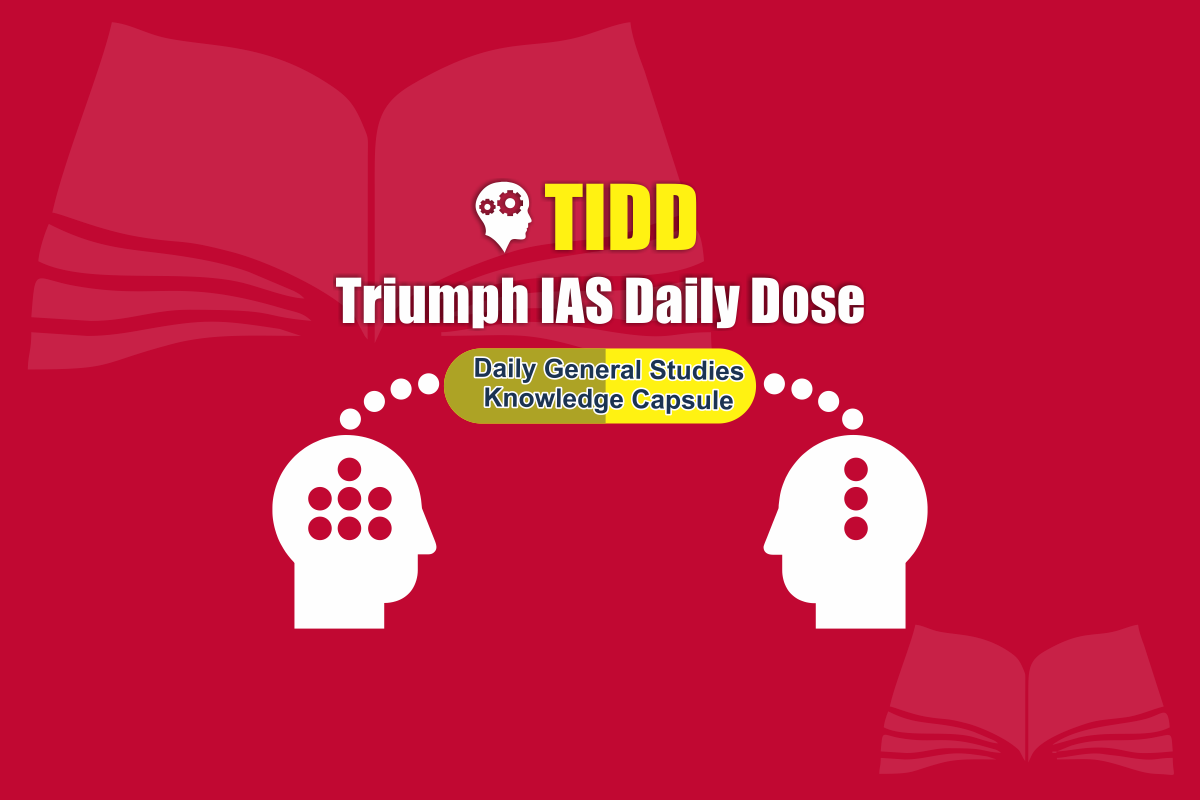Indian Constitution, Polity and Governance
- The Government of India Act, 1935
- The Act of 1935prescribed a federation, taking the Provinces and the Indian States (native states) as units.
- It was optional for the Indian States to join the Federation, and since they never joined, the Federation never came into being.
- The Act divided legislative powers between the Centre and Provinces.
- The executive authority of a Province was also exercised by a Governor on behalf of the Crown and not as a subordinate of the Governor General.
- The Governor was required to act with the advice of Ministers responsible to the Legislature.
- In certain matters, the Governor was required to act ‘in his discretion’ without ministerial advice and under the control and directions of the Governor General, and, through him, of the Secretary of State.
- The executive authority of the Centre was vested in the Governor General (on behalf of the Crown).
- Counsellors or Council of Ministers responsible to the Legislature was not appointed although such provisions existed in the Act of 1935.
- The Central Legislature was bi-cameral, consisting of the Federal Assembly and the Council of State.
- In six provinces, the legislature was bi-cameral, comprising a Legislative Assembly and a Legislative Council. In other provinces, the Legislature was uni-cameral.
- Apart from the Governor General’s power of veto, a Bill passed by the Central Legislature was also subject to veto by the Crown.
- The Governor General could prevent discussion in the Legislature and suspend the proceedings on any Bill if he was satisfied that it would affect the discharge of his special responsibilities.
- The Governor General had independent powers of legislation, concurrently with those of the Legislature. On some subjects no bill or amendment could be introduced in the Legislature without the Governor General’s previous sanction.
- A three-fold division in the Act of 1935- There was a Federal List over which the Federal Legislature had exclusive powers of legislation. There was a Provincial List of matters over which the Provincial Legislature had exclusive jurisdiction.
- There was a Concurrent List also over which both the Federal and Provincial Legislature had competence.
- The Governor General was empowered to authorize either the Federal or the Provincial Legislature to enact a law with respect to any matter which was not enumerated in the above noted Legislative Lists.
- Dominion Status, which was promised by the Simon Commission in 1929, was not conferred by the Government of India Act, 1935.
- Cripps Mission
- In March 1942, Sir Stafford Cripps, a member of the British cabinet came with a draft declaration on the proposals of the British Government.
- These proposals were to be adopted at the end of the Second World War provided the Congress and the Muslim League could accept them. According to the proposals ,
- The Constitution of India was to be framed by an elected Constituent Assembly by the Indian people.
- The Constitution should give India Dominion Status.
- There should be one Indian Union comprising all the Provinces and Indian States.
- Any Province (or Indian State) not accepting the Constitution would be free to retain its constitutional position existing at that time and with such non-acceding Provinces the British Government could enter into separate Constitutional arrangements.

